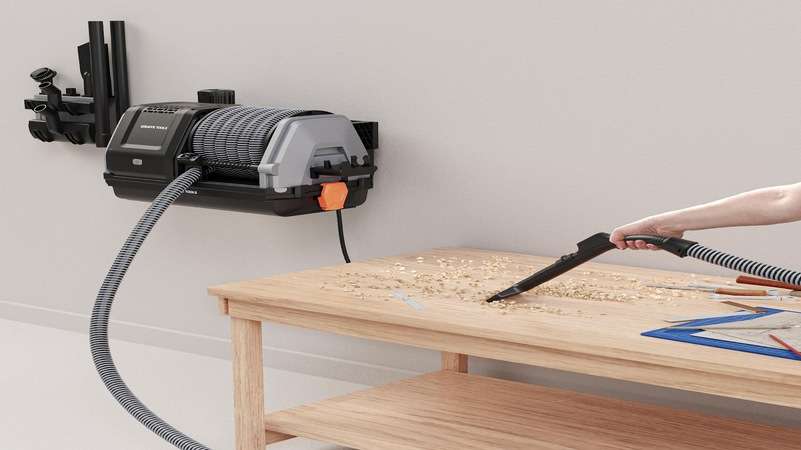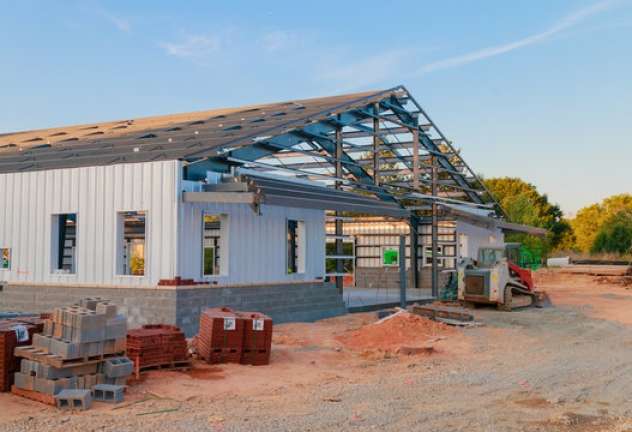Replacing natural floor covers like soil and grass with man-made materials like concrete can have a destructive effect on the surrounding ecology. One of those damaging effects comes from a high volume of water running off roads and pavements. Resulting flooding can damage natural water channels, and urban pollutants can be transported into local water sources.
Porous pavement technology mimics the more natural way that water slowly penetrates the ground at various sublayers and helps prevent the above-mentioned problems. A porous surface also offers advantages in the winter by trapping and retaining heat in sublayers and therefore doesn’t need as much salt on the road to prevent icing. In this article, you’ll learn about the different types of porous pavement and how they maintain.
Commonalities in Design
Every porous surface works off similar principles. There are several layers, each allowing the water to drain through it until it reaches the base or reservoir layer. The specifications of this layer will depend on the weather, the location, the slope gradient, and numerous other factors.
Sometimes, the base will also include its own drainage system to channel water away from the collection site. The surface layer tends to be more tightly packed with larger aggregate at sublayers producing a ‘void volume’ through which the water will drain. The size of the void volume will also depend on the predicted rainfall.
Different Types of Porous Pavement
Broadly speaking there are 3 types. The first type is made from porous asphalt which looks like typical road tarmac. It consists of crushed stone or gravel and a lower percentage of sand.
It is less dense and less structured than standard asphalt allowing for the penetration of water through its surface to the layers below. Another type of porous pavement is make from pervious concrete. This is construct from coarse aggregate and cement.
This style is very popular in car parks, streets, and even greenhouses. An alternative is permeable interlocking concrete pavers (PICP). The key here is that the gaps between the pavers are filled with gravel that allows the drainage of water to the bedding layer below.
Principles of Maintenance
Maintaining pervious concrete and other porous surfaces is not the same as looking after a standard surface. Standard methods of sweeping the roads will not effectively keep the pores of the surface clean and unclogged. In fact, it may make it worse.
Therefore an important technique is the use of a vacuum sweeper that will pick up the surface debris and not re-distribute it. In addition, you should use a chemical agent on the surface that will serve to break down debris that has penetrated some of the pores. This will help the surface to continue to serve its purpose as a permeable layer.
Better Value
In this article, you’ve read about porous pavement, the different types, and some of the basics involved with good maintenance. The advantages of this type of surface outweigh the increase in cost. Bottom line is that this type of paving is safer in the wintertime and better for the surrounding habitat.
Most times you can’t beat the design in nature but you can seek to imitate it which is what porous surfaces try to do. Check out more informative articles that match your lifestyle and interests on our site.
Read Also: 10 Factors to Consider When Hiring a Driveway Paving Company
















